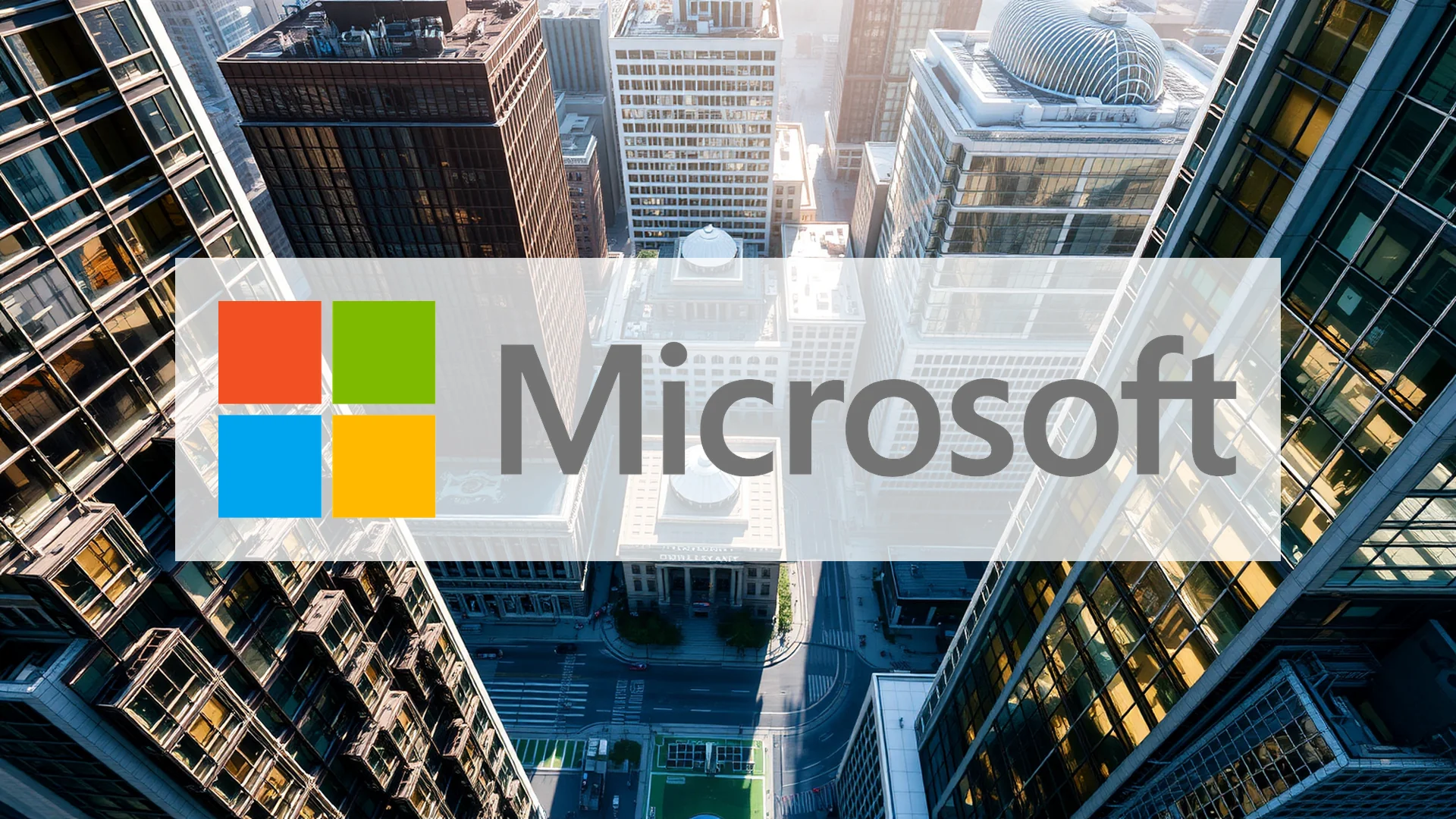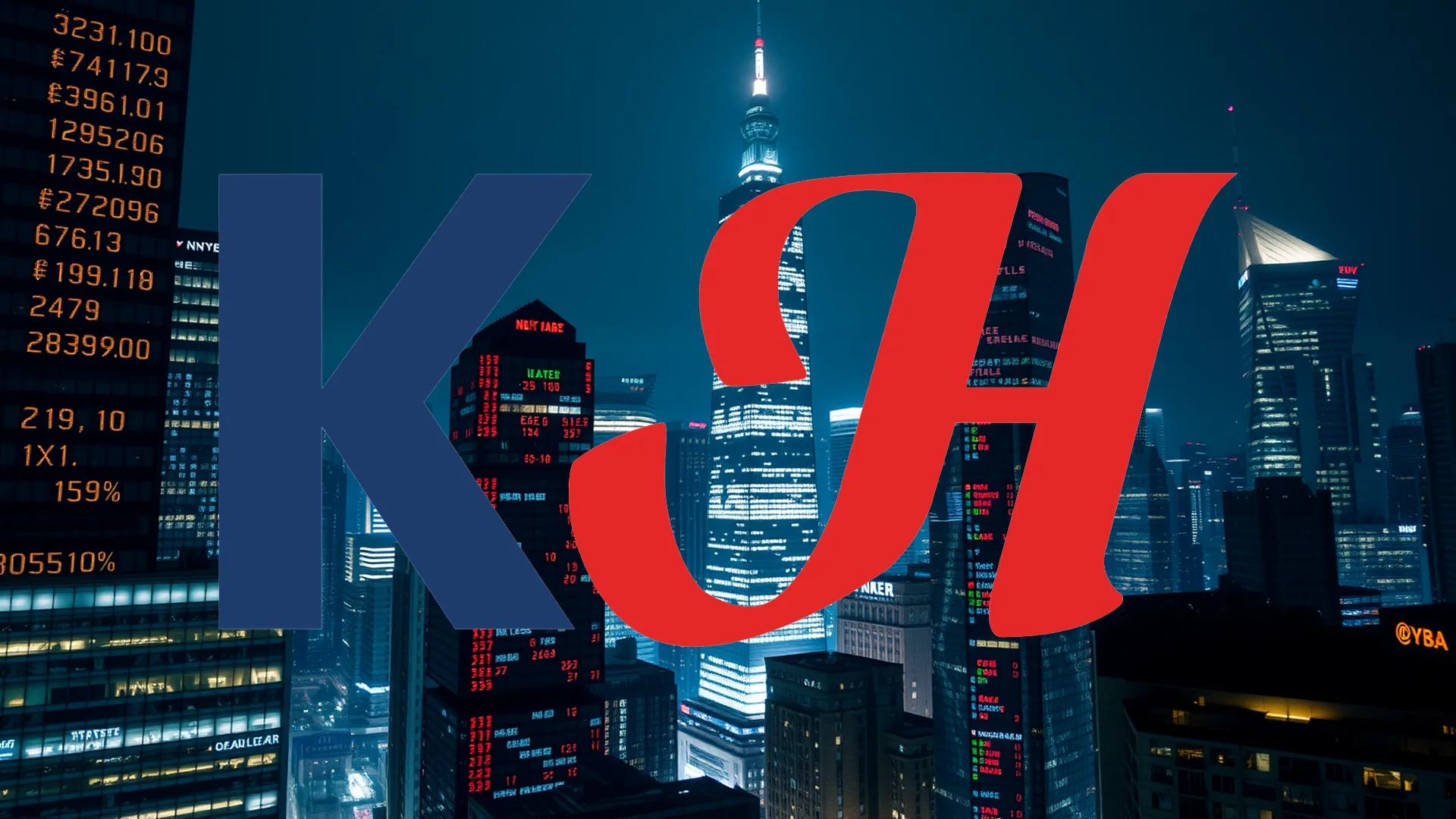Morgan Stanley has designated Microsoft as its premier selection in the software sector, signaling strong confidence in the technology giant. Analyst Keith Weiss has significantly raised the price target to $625, indicating a substantial 22 percent potential upside from current levels. This endorsement raises the question: what underlying factors are driving such robust optimism for Microsoft?
A Triad of Growth Drivers
Microsoft’s compelling investment case rests on three interconnected pillars that create a powerful growth engine. The company has established a commanding presence in the artificial intelligence landscape, with surveys indicating it’s capturing the largest budget increases for generative AI solutions among enterprise clients.
The Azure cloud platform, ranking as the world’s second-largest cloud infrastructure provider, is experiencing a dual benefit stream. It continues to capitalize on the ongoing migration to cloud services while simultaneously integrating advanced AI capabilities that are attracting new business.
Beyond its cloud and AI strengths, Microsoft has emerged as the dominant player in cybersecurity, generating annual revenues exceeding $40 billion in this segment alone. These three business units—cloud computing, artificial intelligence, and security—operate synergistically to reinforce each other’s market position.
Strategic Partnerships and Resource Allocation
Recent developments involving OpenAI’s collaboration with Oracle have been interpreted positively by Morgan Stanley. Rather than viewing this partnership as competitive pressure on Azure, Weiss perceives it as a strategic maneuver. Microsoft can now concentrate its valuable GPU resources on high-margin enterprise clients rather than allocating them to consumer-facing applications. This approach represents intelligent resource distribution that protects profitability.
Should investors sell immediately? Or is it worth buying Microsoft?
Valuation Presents Compelling Opportunity
Perhaps the most surprising aspect of Microsoft’s investment profile is its current valuation. Despite its premium market position, the stock trades at less than 26 times projected 2027 earnings. This represents a discount compared to comparable software enterprises, which typically command valuation multiples averaging 32 times earnings.
The company’s financial track record speaks volumes about its consistent performance. Since 2015, Microsoft has delivered annual revenue growth of 12 percent while simultaneously expanding profit margins. Looking ahead, market experts project sustained growth of approximately 15 percent annually for the coming years.
Widespread Analyst Consensus
Morgan Stanley isn’t alone in its bullish outlook on Microsoft. Among covering analysts, 33 out of 34 recommend purchasing the shares, with the average price target standing at $628. The upcoming quarterly report in October will serve as a crucial test, particularly regarding whether Azure can deliver on its anticipated AI-driven growth trajectory.
The central question for investors is no longer whether Microsoft will benefit from the artificial intelligence revolution, but rather to what extent. By naming Microsoft its “Top Pick,” Morgan Stanley has positioned the company at the forefront of capturing the most lucrative opportunities in the rapidly expanding AI marketplace.
Ad
Microsoft Stock: Buy or Sell?! New Microsoft Analysis from December 31 delivers the answer:
The latest Microsoft figures speak for themselves: Urgent action needed for Microsoft investors. Is it worth buying or should you sell? Find out what to do now in the current free analysis from December 31.
Microsoft: Buy or sell? Read more here...









